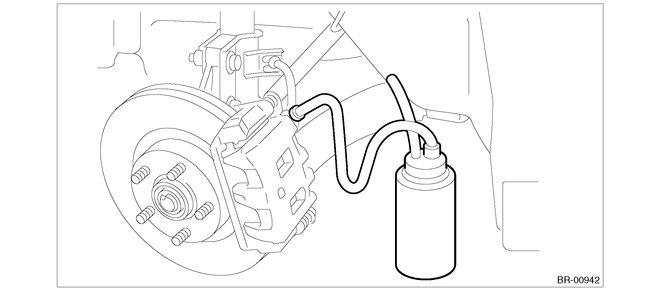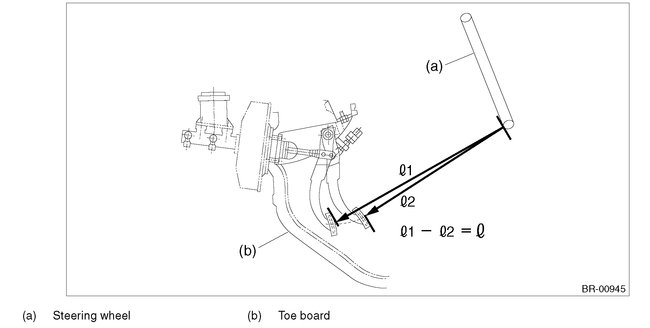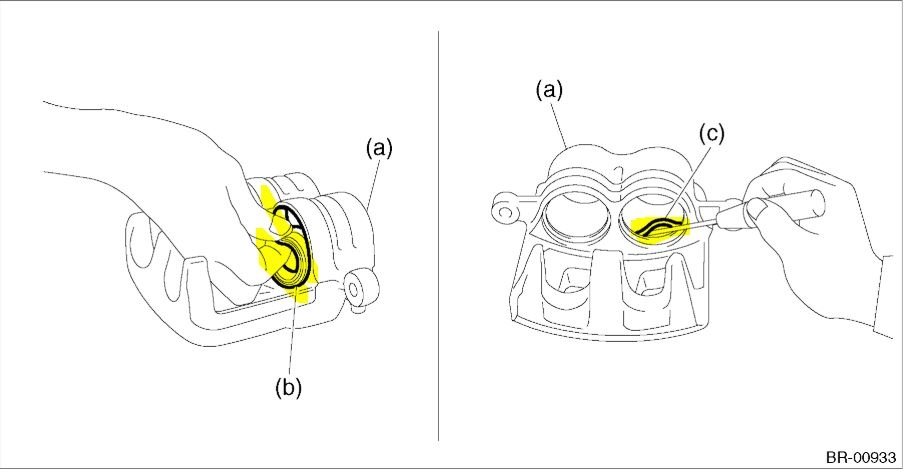I recently replaced the brake pads on all four calipers (and replaced one rotor on the rear driver side). While replacing the pads, I noticed that both of the rubber boots on the front driver side caliper pistons were deteriorated. (This vehicle has two pistons in each front brake caliper.) I bought a Brake Caliper Repair Kit which included two boots and two square cut seals. I clamped the brake line to avoid loosing too much brake fluid and removed the two pistons (which are still in good working order). I then replaced the square cut seals and boots for both pistons. I opened the bleeder valve to allow air to be pushed out while I re-inserted the pistons into the caliper, then unclamped the brake line and pumped the brakes to remove any air from the brake lines. After I had a steady flow of brake fluid from the bleeder valve, I closed it and refilled the brake fluid reservoir. I then pumped the brakes several times to make sure that the pistons would move as intended with pressure to the brake, and they did not move. Not only were the pistons not moving like they should, but now my brakes won't hold any pressure either. The pedal goes to the floor and the brakes do not work. I put everything back together, and drove the car about 50 feet and parked it back in my driveway. I see no signs of leaking brake fluid. My only guess is that the new rubber boots on the pistons might not be making a secure enough seal to the inside of the caliper. I tried using a flat head screw driver to push the edge of the rubber boot into the lip on the inside of the caliper, but wasn’t able to push all of it into place because the screw drive wouldn’t fit in between some parts of the caliper.
Now I don't have any brakes, don't really know why, and cant get the pistons to move or get the brakes to hold any pressure. Any help would be greatly appreciated. Thank you!
Wednesday, July 17th, 2019 AT 2:23 PM





